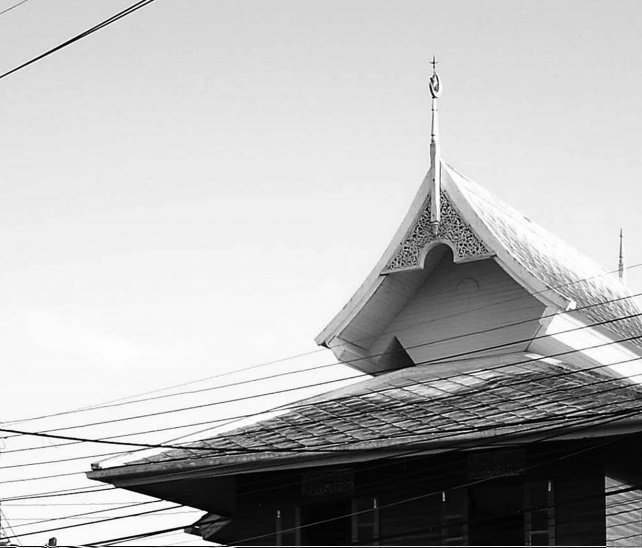The Presentation of Thai Muslim’s Ethnic Identities through Mosques in Thailand
DOI:
https://doi.org/10.69598/sbjfa171269Keywords:
mosque, Islamic Architecture, Islamic art, muslim, ethnic groupAbstract
Currently, the Muslims population in Thailand comprises of six ethnic groups, i.e. Arabian-Persian Muslims, Malay Muslims, Indian-Pakistani Muslims, Java Muslims, Cham Muslims and Chinese Muslims. Those Muslims could adjust themselves to Thai social lifestyle. Meanwhile, they can maintain their own ethic identities by expressing through their mosques. This study found that the factors influencing the Thai Muslims to present their ethnic identities through mosque architectures are connections with foreign countries, the development of Muslim communities' status and education, as well as the commitment to stabilize their ethnic identities and believes.
Muslims usually built their mosques by their inspiration from historical mosques, mosques in their hometowns and famous mosques in their homecountries. The period which the mosques were built with ethnic identities began in Ayutthaya period and reached its peak in Ratanakosin era in King Rama V's reign. After that, the popularity declined and finally risen again in 1957 AD. The areas with mosques located represented the Muslim ethnic characteristics are Bangkok, the lower south and the upper north of Thailand. Each Muslim group revealed their identities through mosques in different ways. However. every group focused on presenting their uniqueness though outstanding elements of mosques to audiences at first sight for maintaining their existence in Thai society.
Downloads

Published
How to Cite
Issue
Section
License
The journal's editorial team does not have to agree with the views and comments in the author's article, nor are they responsible for the comments.











